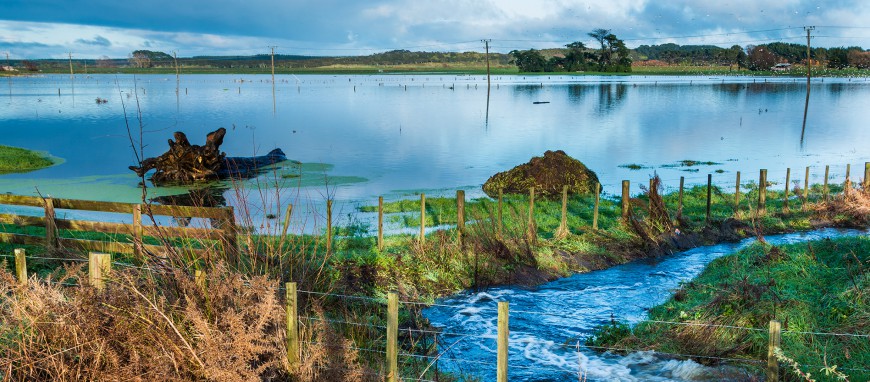
Farmland after the floods of 2015, Foxton, New Zealand.
Our most recent research has found, for example, that farm-level flood resilience can be enhanced through farm-level response and recovery plans, and we also monitored the capacity to absorb shocks and prepare for future uncertainty among Marlborough winegrowers and the wider wine-production industry following the 2016 Kaikōura earthquake.
We have also begun developing applied approaches to support adaptation planning and decision making, beginning with Hawke’s Bay. A “pathways planning” approach is one method: it creates a framework to support decision-making in the face of deep uncertainty, importantly adding in a participatory element, engaging with diverse values and conflicting objectives, and opening up conversations to identify ideas that participants might pioneer and test in preparation for change – for example, climate change. A new project for the Ministry for Primary Industries is now applying the approach in Marlborough, Northland, and Canterbury.
Manaaki Whenua’s Dr Nick Cradock-Henry, who has been involved in all the above research and has also recently contributed to an OECD case study on building agricultural resilience in New Zealand, says that this work is challenging, but worth it. “Reassuringly, the OECD has recognised that New Zealand’s disaster risk management processes are in good shape, especially with their emphasis on building personal mental resilience, but that more work is needed in the anticipatory phases of the disaster risk management cycle. Through co-created knowledge, policy makers, practitioners, and researchers can enhance resilience, via learning and pre-event preparedness, identifying their vulnerabilities to natural hazards early.”
